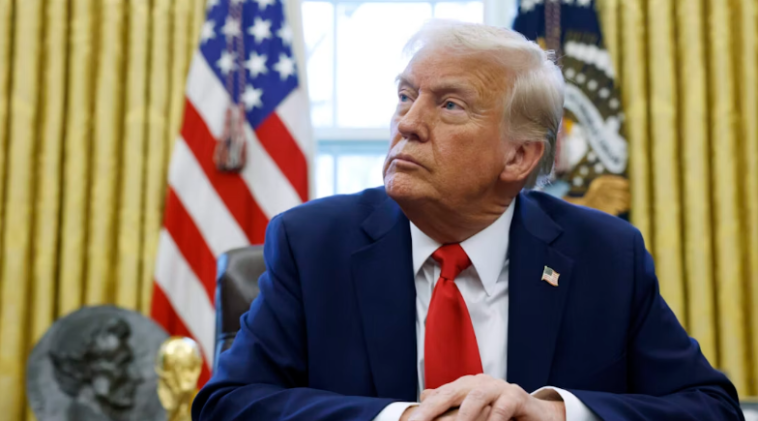In a significant cost-cutting move, President Donald Trump announced that he has instructed the U.S. Treasury Department to halt the production of pennies, calling the coin “a waste of taxpayer money.” The decision comes as part of the administration’s broader effort to eliminate inefficiencies across federal agencies and focus on fiscal responsibility.
“We’re losing millions producing a coin that barely anyone uses anymore,” Trump said in a statement. “It’s time to stop the waste and start saving.”
The Cost of Keeping the Penny
The penny, which has featured President Abraham Lincoln since 1909, costs more to produce than it is worth. Currently, it costs approximately 2.1 cents to mint a single penny, meaning the U.S. government loses millions annually just to keep the coin in circulation. Estimates suggest that discontinuing the penny could save at least $100 million each year.
Elon Musk, head of the Department of Government Efficiency (DOGE), supported the move and revealed that his department’s analysis found no practical benefit to maintaining the coin. “We live in a world of electronic payments and rounding systems,” Musk said. “It’s time to modernize.”
Public Support and Historical Context
The penny has long been a subject of debate, with previous efforts to eliminate it blocked by Congress. Former Arizona Senator John McCain and Representative Jim Kolbe both introduced legislation to phase out the coin, but their proposals failed to gain traction. However, public sentiment has shifted in recent years, with a 2022 poll showing that 58% of Americans support ending penny production.
Critics of the penny argue that it no longer holds any meaningful value in everyday transactions. With inflation diminishing its purchasing power, many point out that consumers rarely use pennies, and they often end up discarded or stockpiled in jars at home.
Economists have also weighed in on the issue. Henry Aaron, a senior fellow at the Brookings Institution, has advocated for the elimination of both the penny and the nickel, suggesting that rounding prices to the nearest five or ten cents would simplify transactions without harming consumers.
Economic and Practical Impact
President Trump’s directive to end penny production aligns with other reforms aimed at reducing government waste and modernizing federal operations. While the immediate impact on the economy may be minimal, experts believe the move sets the stage for broader discussions about eliminating outdated practices. The administration is also exploring phasing out low-denomination coins, such as the nickel, to maximize cost savings.
One practical concern raised by opponents is how businesses and consumers would handle transactions without pennies. Treasury officials have indicated that cash transactions could easily be rounded to the nearest five cents, as is already done in countries like Canada, which phased out its penny in 2013.
“We’re not asking Americans to change how they shop,” said Treasury Secretary Steven Mnuchin. “We’re simply making it more efficient.”
Can Trump Unilaterally End the Penny?
While Trump’s directive is a major step toward discontinuing the penny, it’s unclear whether the President can fully enforce the decision without Congressional approval. The production of U.S. coins is governed by federal statutes, meaning legislative action may be required for a permanent end to penny production.
Nonetheless, Trump is confident that Congress will back the move, given the clear financial benefits and public support. “I think even Democrats can agree on this one,” Trump quipped during a press conference. “Let’s save taxpayers some money.”
A Shift Toward Modernization
The decision reflects a growing awareness of the need to adapt to the realities of an increasingly digital economy. With electronic payments becoming the norm, many argue that low-denomination coins are relics of the past. The administration’s push to eliminate the penny is seen as part of a larger modernization effort aimed at streamlining government functions.
Elon Musk hinted that other cost-cutting measures could follow. “The penny is just the beginning,” he said. “We’re looking at every department and asking the same question: Is this worth the taxpayer’s money?”
Conclusion: A New Era for American Currency
President Trump’s decision to halt penny production marks a significant step toward reducing federal waste and modernizing the nation’s financial systems. While Congress may need to take formal action to make the change permanent, the administration’s directive has already shifted the conversation toward a more efficient and forward-thinking approach to currency.
As the U.S. Mint winds down penny production, the administration’s next steps could include revisiting the future of other coins, like the nickel, and implementing further measures to align federal operations with the needs of a modern economy.


